Sep 2, 2020
After coronavirus, AI could be central to our new normal
Posted by Quinn Sena in categories: finance, health, robotics/AI
When we came out of the financial crisis of 2008, cloud computing kicked into high gear and started to become a pervasive, transformational technology. The current COVID-19 crisis could provide a similar inflection point for AI applications. While the implications of AI continue to be debated on the world stage, the rapid onset of a global health crisis and concomitant recession will accelerate its impact.
Times of crisis bring rapid change. Efforts to harness AI technologies to discover new drugs – either vaccine or treatment – have kicked into hyperdrive. Startups are racing to find solutions and established companies are forming partnerships with academia to find a cure. Other companies are researching existing drugs for their potential applicability. AI is proving a useful tool for dramatically reducing the time needed to identify potential drug candidates, possibly saving years of research. AI uses already put into action are screening for COVID-19 symptoms, decision support for CT scans, and automating hospital operations. A variety of healthcare functions have started to be performed by robots, from diagnosis to temperature monitoring.
Whatever the new normal becomes in the aftermath of the current crisis, it’s apparent that AI will be an even larger part of the technology landscape going forward — and not only for healthcare.

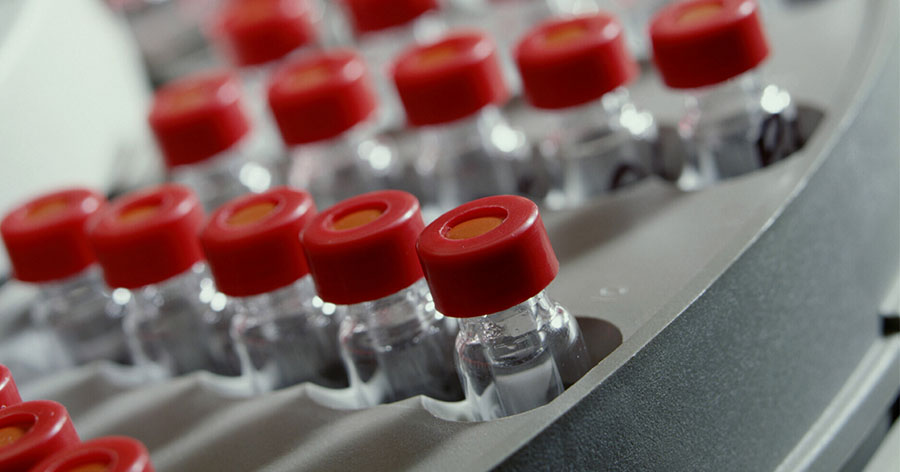 As the coronavirus spreads around the world, the urgency of being able to scale up a vaccine is even more critical.
As the coronavirus spreads around the world, the urgency of being able to scale up a vaccine is even more critical.
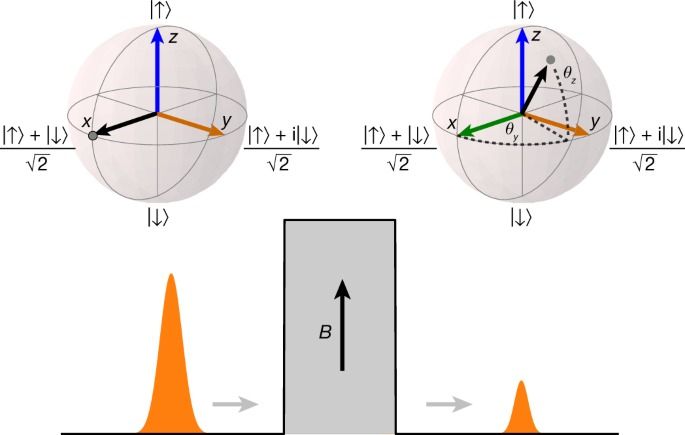
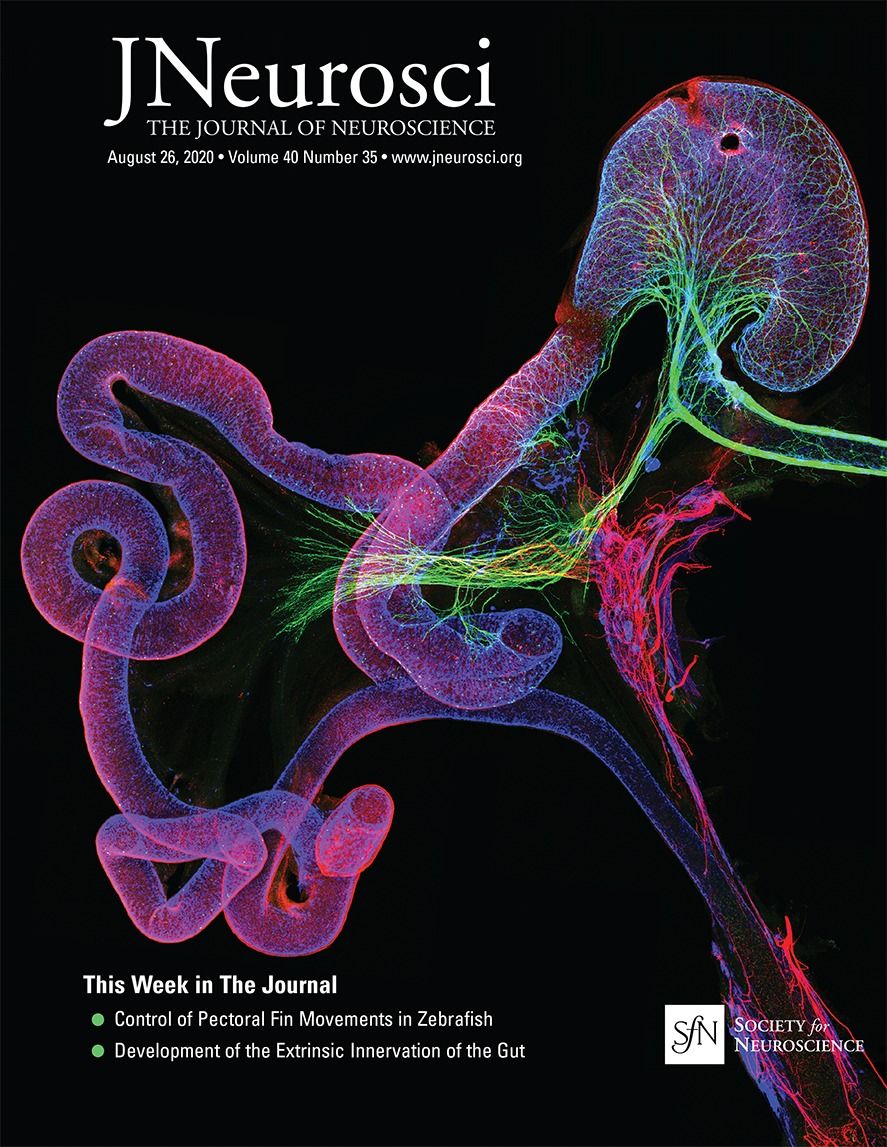
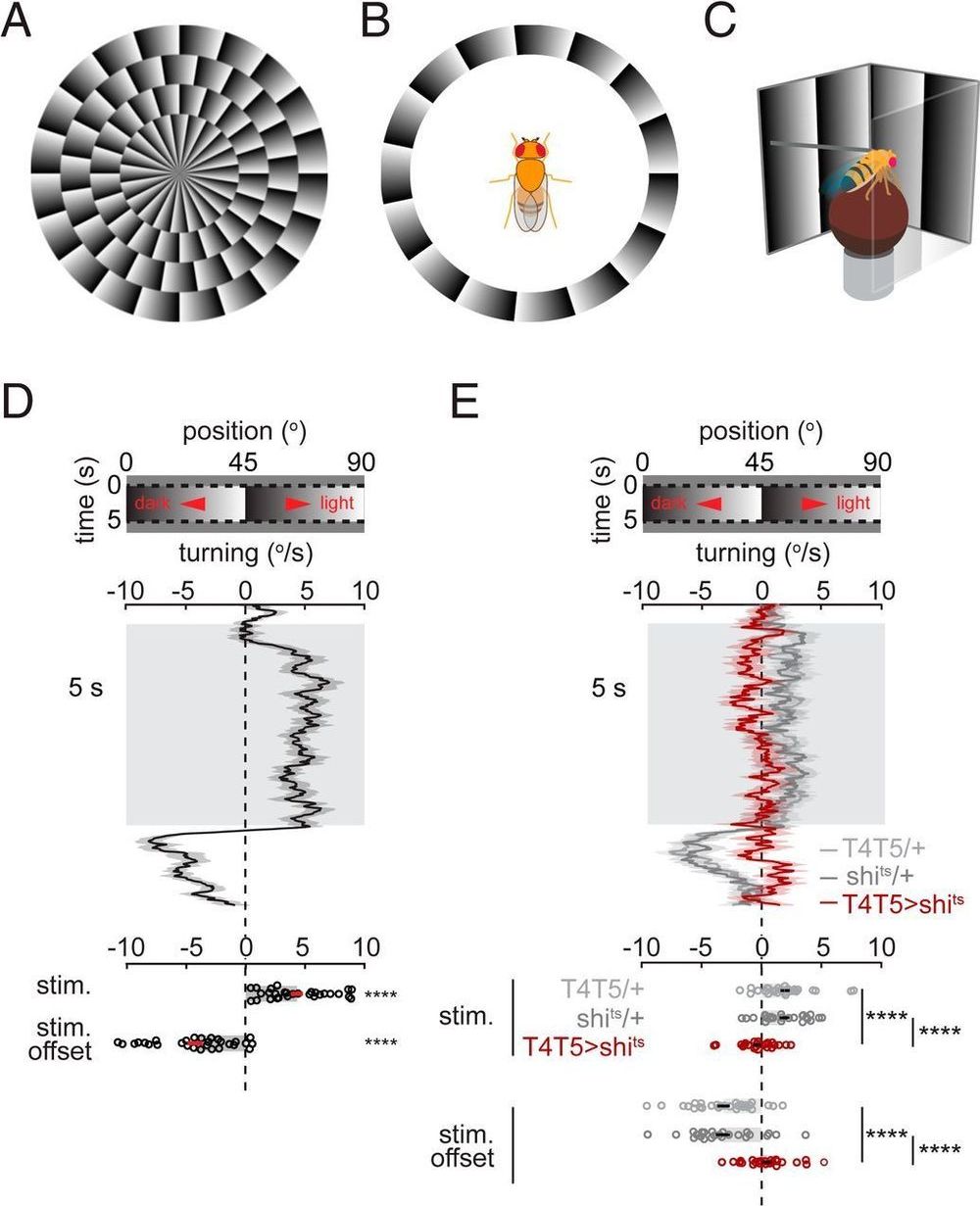
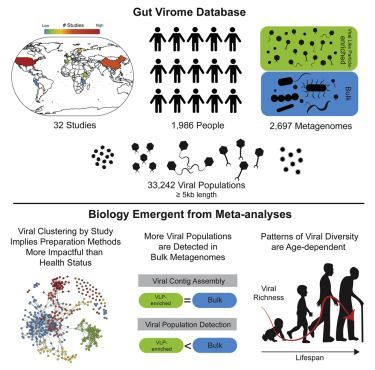
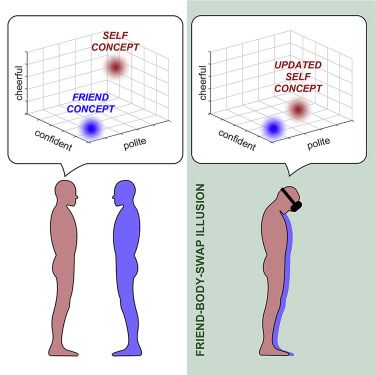
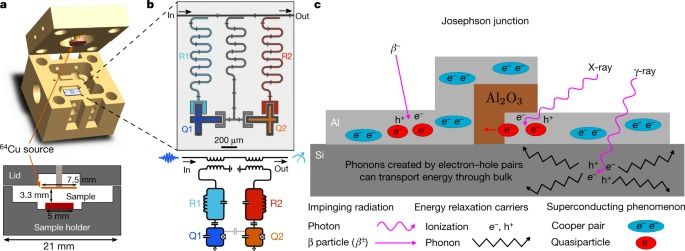
 Cardiovascular-related disorders are a significant worldwide health problem. Cardiovascular disease (CVD) is the leading cause of death in developed countries, making up a third of the mortality rate in the US
Cardiovascular-related disorders are a significant worldwide health problem. Cardiovascular disease (CVD) is the leading cause of death in developed countries, making up a third of the mortality rate in the US







